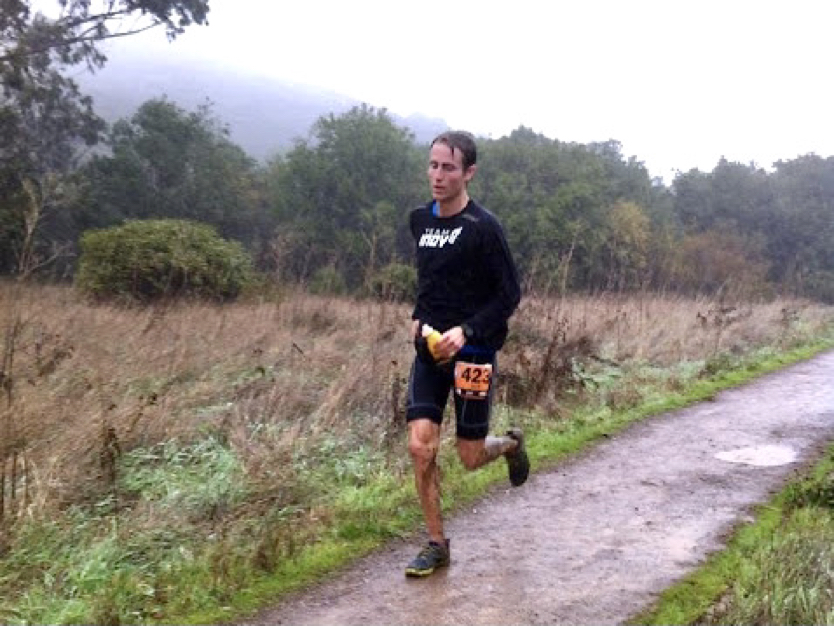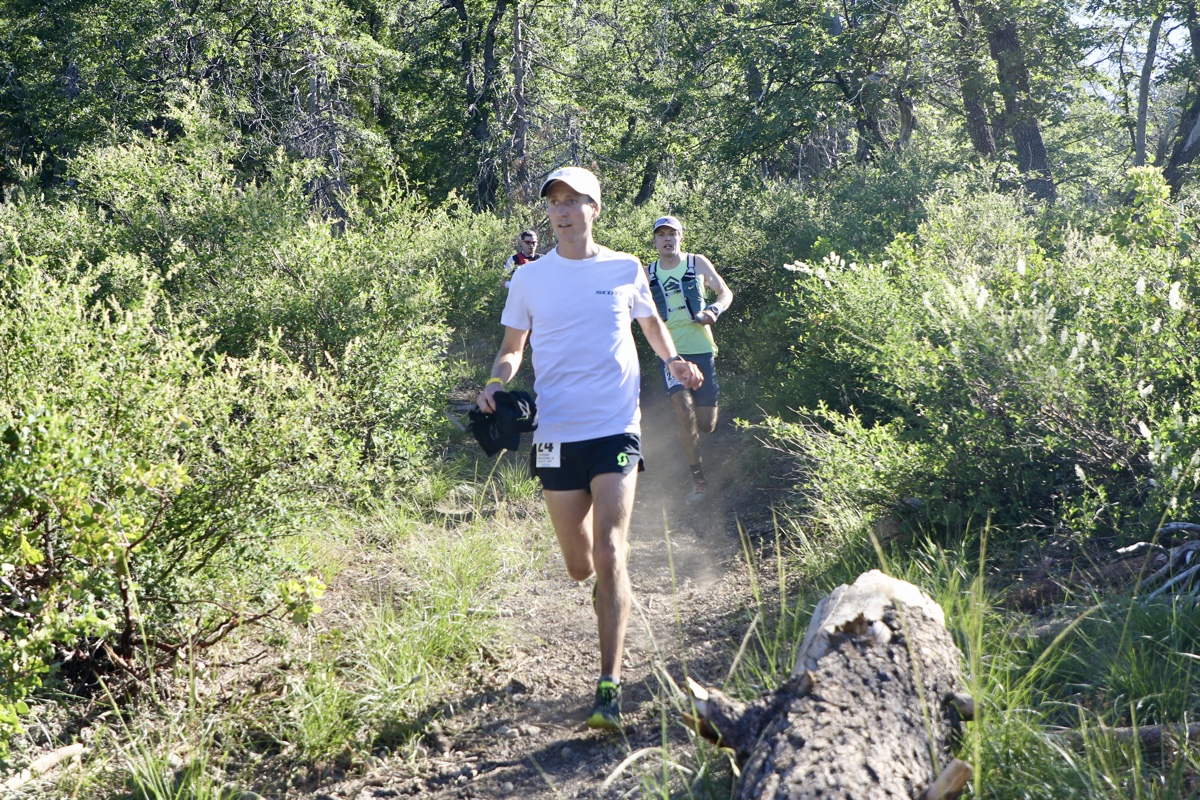Many things have changed in the ultrarunning world in the past decade. The attitude that ultrarunners are just slow joggers is beginning to change, thanks in part to faster performances at the front of many high-profile races. Course records at some of the most famous races like the Western States 100, the JFK 50 Mile, and the Hardrock 100 have been drastically lowered. Athletes are running times never thought possible before ultrarunning began to attract a higher level of competition. This change has shown that ultrarunning does not need to be some sort of test of survival — these events can be actual races. With that shift, I think it is important to evaluate one of the key aspects of any runner’s training program: the long run.
My first true ultrarunning experience was the 2012 The North Face 50 Mile Championships in California. At the time, this race was one of the only ultras in North America to put up a sizable prize purse for the winner. In the first few years, the race featured fierce battles between Matt Carpenter and Uli Steidl. I remember hearing stories from Matt about Uli’s amazing downhill speed over slick stairs and smooth fire roads. When I looked up the finish times and did the math, I realized that they were running close to eight-minutes-per-mile pace on a course with serious elevation change. It was an eye-opening moment for me. Those results made me realize that the ultrarunning world was changing.
When I started to train for The North Face 50 Mile, many ultra veterans told me I needed to get out and “spend time on my feet.” I gave that approach a shot. I would do long, slow runs that would take me hours to complete. I quickly realized that those runs were far off the pace I wanted to run on race day. I slowly transitioned to faster and harder efforts on my long days. I built my weeks around my long runs so I could feel rested going into them and have multiple days to recover after the intense effort. These weekends turned into a blend of long run and speedwork. By the time race day came along, I felt like I was able to run fast for 50 miles, and at the same time, felt like I could run a fast road marathon.
The Time-on-Feet Long Run
Before totally discrediting the time-on-feet model of long running, I think it is important to understand a few of its potential benefits and drawbacks.
Advantages
- Average paces decrease over longer distances. During a 100-mile race, for example, there is a real chance that your average pace will be far slower than your normal training pace. Slower long runs will more closely duplicate your race-specific experience.
- Slower paces make it easier to follow a nutrition plan. More calories and fluids consumed mean that you can make your long run longer.
- Slower speed, especially on downhills, reduces musculoskeletal stress, which decreases injury risk and allows for easier recovery.
Disadvantages
- Potentially far less time at easy run effort, which has its own benefits, due to a slower pace and lower heart rate.
- Unless you are a professional runner, there is a good chance you have other obligations during your day. This type of run simply takes a very long time to complete.
- For better or worse, many runners will increase their effort during a race, especially at the start. If you have only trained your long runs at a slow pace you will be unprepared to handle that shift in effort on race day.
The High-Quality Long Run
After my first experience with The North Face 50 Mile, I have become a fan of high-quality long runs. These are long runs, in which I try to run my goal race pace or faster, over similar terrain that I will see on race day. Just like slow long runs, they too have advantages and disadvantages.
Advantages
- By holding a higher level of aerobic effort throughout the run, you are training your cardiovascular system, muscular system, and metabolic system to work efficiently at a similar level to race day.
- Learning to eat and drink without stopping or slowing down can save time during races.
- The run can take less time and produce just as much (or more) training benefit as a slower long run.
Disadvantages
- Recovery from these runs is crucial to maximize their benefit, so you may have to build more recovery into your schedule.
- There is a higher injury risk, especially when adding in elevation change.
- They simply take more effort and focus. These are not the kind of runs that allow for stopping and chatting with friends.
Final Thoughts
Since 2012, I have used hard long runs as a key component to my training. I believe the benefits of a high-quality long run outweigh the potential benefits of the time-on-feet long run. However, I think it is important to understand that my decision is based on race specificity and training background. I have never run a race over 100 miles, and most events I train for require a good amount of speed to be competitive. I need a well-tuned aerobic system for my races, but there is good evidence that aerobic fitness becomes less important for success as the distance increases (1). I also came into 2012 The North Face 50 Mile as someone who had previously focused on shorter-distance races, which demanded faster training sessions. If I had come off a long setback or time away from running, the injury risk of a faster long run would have been too great, and a slower long run would have been more appropriate. Just like the development of a training plan, race specificity, training background, and even current fitness should be guiding factors to determine what type of long run you should be doing and what would benefit you most.
Call for Comments
- Do you find there is enough time to implement a time-on-feet long run in your daily life?
- Have you training for a race that has necessitated more high-quality or high-intensity long runs?
References
- Gatterer, H., Schenk, K., Wille, M., Raschner, C., Faulhaber, M., Ferrari, M., & Burtscher, M. (2013). Race performance and exercise intensity of male amateur mountain runners during a multistage mountain marathon competition are not dependent on muscle strength loss or cardiorespiratory fitness. Journal of Strength and Conditioning Research, 27(8), 2149–2156. https://doi.org/10.1519/jsc.0b013e318279f817


